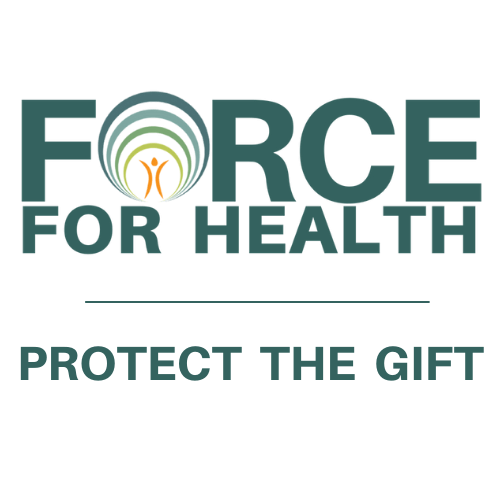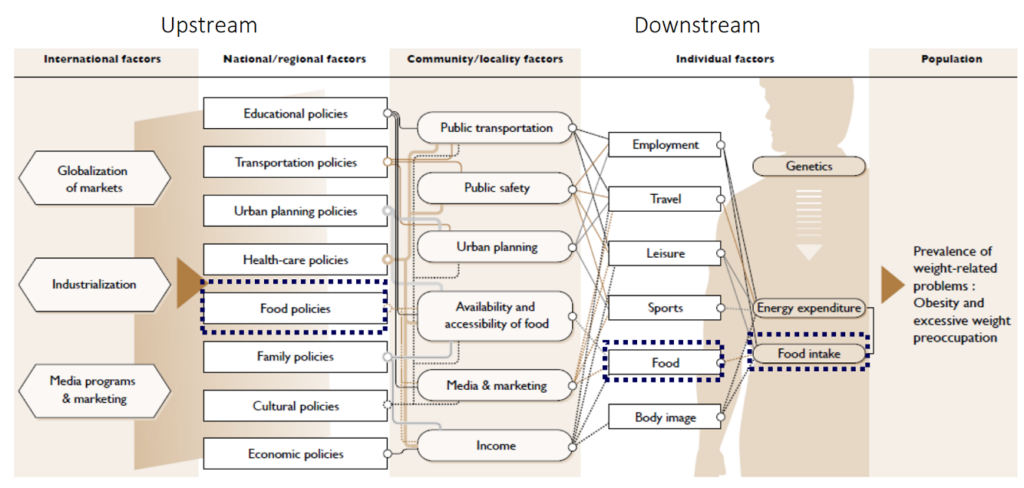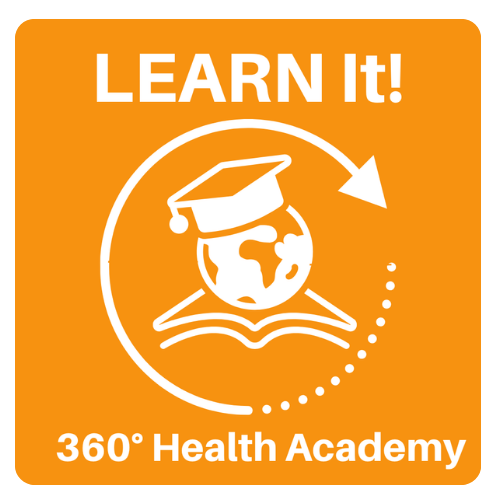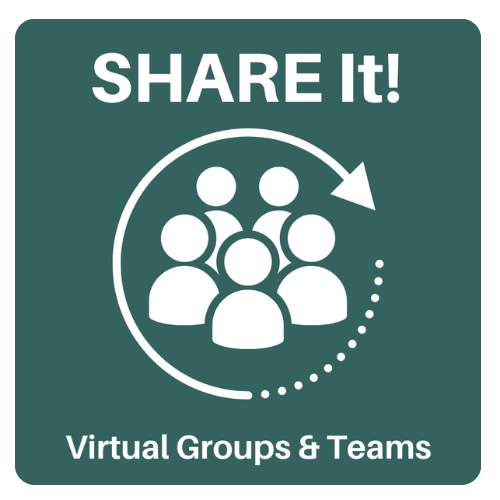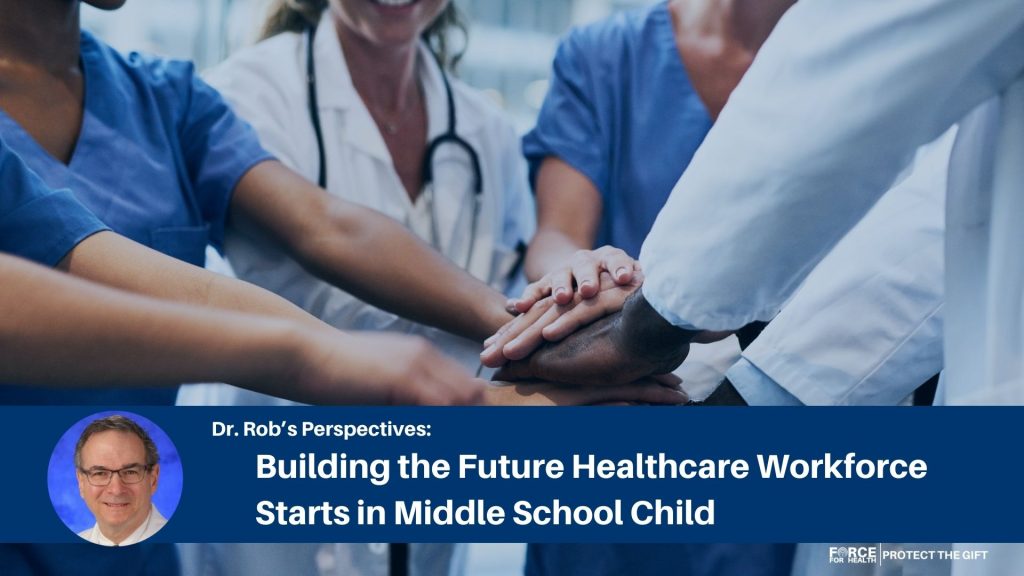
Building the Future Healthcare Workforce Starts in Middle School Child
Building the Future Healthcare Workforce Starts in Middle School
By Dr. Rob Gillio, Chief Medical Officer, Force for Health Network
Healthcare in America is facing a growing challenge. We are seeing more patients with more complex medical needs, while at the same time the number of people choosing health careers is not keeping pace. Many experienced professionals are leaving the field, and too few young people see a pathway into these careers early enough to prepare for them. If we want a strong, capable workforce in the future, we must begin the work long before students graduate from college. The time to start is in middle school and high school.
This is not simply a workforce problem. It is a community health problem. A nation cannot stay healthy if it cannot staff the roles that make health possible.
Understanding Today’s Healthcare Professions
Healthcare is a large and diverse ecosystem. It includes:
- Physicians and Surgeons
- Nurses at all levels
- Technicians in radiology, laboratory medicine, and respiratory care
- Therapists in physical, occupational, phlebotomists, and speech rehabilitation
- Behavioral and mental health professionals
- Pharmacists and pharmacy technicians
- Public health workers and community health workers
- Dietitians, health coaches, and prevention specialists
- Digital health professionals, health informatics specialists, telehealth coordinators, medical coders, and data analysts
These roles are all essential, and shortages in even one category can affect the entire system.
Why People Are Not Entering or Staying in the Field
Several factors discourage people from pursuing or remaining in health careers.
- Burnout. Many professionals report exhaustion from heavy caseloads and limited support.
- Rising education costs. Training for many health professions is expensive, which discourages students who are not exposed early to scholarships, pathways, or support programs.
- Misunderstanding of available careers. Most students only know about doctors and nurses. They are unaware that more than 200 healthcare careers exist, many of which require only one to two years of training.
- Lack of early awareness. Students often do not see themselves in healthcare roles, especially if they are not exposed to hands-on experiences, mentors, or relatable role models until late in high school or college.
- Limited career preparation skills. Many young people struggle with navigating education pathways, financial aid, interviews, and the basic professional skills needed to enter the field.
These barriers are preventable, but only if we act early and together.
The Critical Role of Health Literacy
Even if a young person never becomes a healthcare professional, they should become a health-literate adult. Health literacy means understanding how the body works, how to prevent disease, and how to navigate care for themselves and their families. A health-literate teenager becomes a capable advocate for their grandparents, parents, and siblings.
This is why early exposure matters. When students learn how their bodies function, how health systems operate, and how different roles contribute to care, they not only consider career paths, they also strengthen their families and communities. In this chaotic climate and transitions in health care, it is especially important.
The best place to begin is in middle school, when curiosity is high and career identity begins to form.
Our Commitment: The Force for Health Pre-Apprentice Program
At the Force for Health Network, we are committed to being part of the solution. Our Pre-Apprentice Program for middle and high school students is designed to:
• Introduce students to a wide range of healthcare careers
• Build health literacy through engaging, age-appropriate learning
• Help students develop early confidence in science, technology, and communication
• Provide mentorship, hands-on activities, and real-world connections
• Prepare them for healthcare pathways in high school, technical school, or college
Whether a student becomes a doctor, a technician, a therapist, or simply a more health-aware family member, the impact is positive and lasting.
What Healthcare Providers Must Do Now
Healthcare organizations cannot stand on the sidelines. To strengthen the workforce, providers must do more to support and retain their current staff. This includes improving onboarding, investing in professional development, offering clearer career ladders, and creating work environments where teams feel supported, respected, and valued.
Retention is not just about preventing burnout. It is about building cultures where people can grow, contribute, and feel proud of their work.
A New Opportunity for Laid-Off Workers
Many industries are automating, downsizing, or shifting due to economic changes. Thousands of workers find themselves searching for new opportunities. Healthcare offers a meaningful path forward.
People who have lost jobs in retail, hospitality, transportation, or manufacturing often have transferable skills such as communication, reliability, customer service, teamwork, and technical aptitude. These individuals can thrive in patient care roles, administrative positions, health technology, and many other areas of healthcare.
Retraining is not just possible; it is needed.
A Call to Action
We all share responsibility for building the healthcare workforce of the future.
Schools can introduce health literacy earlier.
Parents and communities can encourage young people to explore health careers.
Healthcare employers can do more to support and retain their teams.
Laid-off and transitioning workers can consider retraining for meaningful, stable roles.
Organizations like the Force for Health Network is providing structured pathways and support.
The health of our nation will depend on the decisions we make today. If we prepare students early, support professionals throughout their careers, and offer training opportunities for those seeking new beginnings, we can build a system that is strong, resilient, and ready for the future.
The next generation of health heroes is already sitting in our classrooms. Our job is to help them see what is possible.
#pre-apprentice. #workforce #jobs #careers

